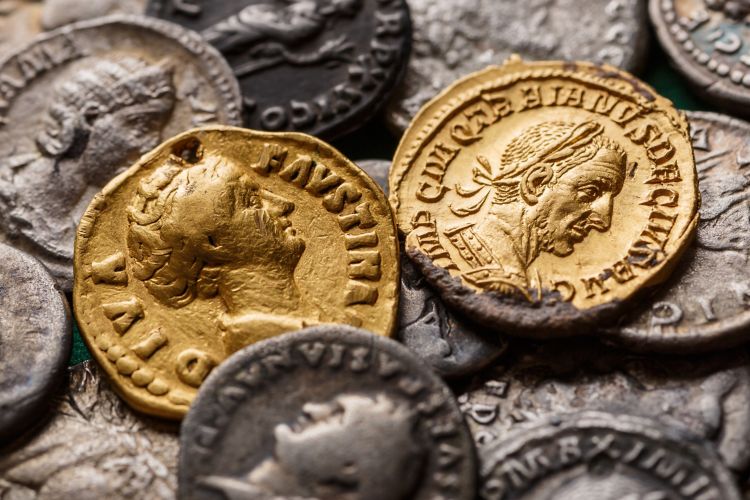Does counter electrode (CE) size matter?
16. aug. 2021
Artikkel
To begin, let’s go back to the year 1950 when metallurgists and chemists tried to shine a light on a fascinating electrochemical phenomenon originally discovered in the 17th century by the chemist Sir Humphry Davy [1].

If you dip a wire made of iron (or as electrochemists say: an iron electrode) into diluted sulfuric acid (which is considered the electrolyte), it instantly starts to dissolve—it corrodes. If you then insert another electrode which does not corrode (e.g., platinum), and connect the iron electrode to the negative pole of a current source, and the platinum wire (electrode) to the positive pole, the iron dissolution will slow down or even stop, depending on the voltage applied.
On the other hand, if you connect the iron electrode to the positive pole and raise the voltage from very low values to higher ones, the dissolution grows exponentially with the increasing voltage.
However, above a certain current limit (and depending on the electrode area, electrolyte composition, and temperature), the current suddenly drops to very low values, and the iron electrode stops dissolving. This phenomenon was detected by Michael Faraday, and he called it «passivation». This phenomenon has been subject of controversy and disputes until the 1950's when a better understanding was possible with the invention of the modern potentiostat (Figure 1).

 Del artikkel
Del artikkel











